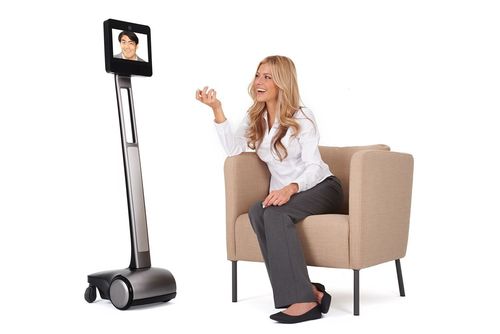
The recognition for satellite broadcasting technologies have boosted various firms offering satellite services like, Internet and multi-media through satellite, TV broadcasting like Direct-to-Home (DTH) and radio broadcasting solutions and teleport solutions. With your solutions, you can usually benefit from different services like multimedia broadcasting, IP connectivity, telecom services, content distribution services, and satellite communication. Such services aren’t restricted to where you are because of remote hubs dotting different areas in your area.
You just need a transponder capacity which is supports all of the above pointed out services. Actually, in lots of areas, since using the transponder is restricted, it’s even provided on the lending basis. However, there are lots of companies, especially individuals supplying DTH service, that provide complete support for teleport deployment together with 24/7 tech support team. DTH services with the aid of teleporting, have offered several benefits like cost-effectiveness and portability. Simplicity can also be given for this complex atmosphere which was earlier harder to know and take care of. In addition with the aid of satellite, antennas, and receivers, teleporting makes broadcasting through radio and computers possible.

However, there’s the issue of radio waves slowing lower or fading if your solid object is simply too thick or maybe their path is simply too lengthy. Such surf is also impacted by rainwater like rain, snow, or high-speed winds. That’s the reason television systems usually choose areas with minimal or otherwise atmospheric disturbances his or her satellite uplink and downlink locations. The majority of the satellite communication carriers use Ka and Ku band uplink. Each of them has different wavelengths and frequencies and therefore travels at different speeds. As the frequency varies from 26.5 to 40 GHz for Ka band, it spans from 12 to 18 GHz for Ku band. These bands aren’t so effecting with rainwater and finish up showing signal cuts and damaged or slow transmission in unfavourable climate conditions.

It ought to be known that radio surf is more resistant against signal attenuation at lower frequencies. That’s the reason the C band uplink is much better in rainwater. That’s the reason it’s a preferred choice for broadband satellite communications in wet areas. The C-band frequency varies from 3.7 to 7 GHz. Balance spoken about Wi-Fi signals make use of this band and supply connectivity to wireless telephones. Thus satellites have made it feasible with the aid of Telepresence Technologies to improve connectivity.

